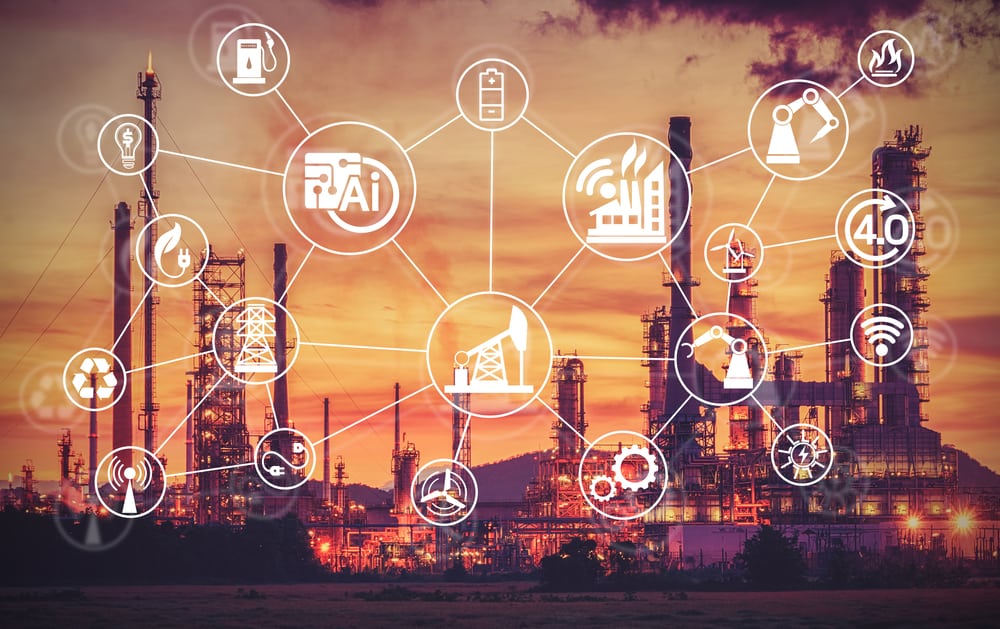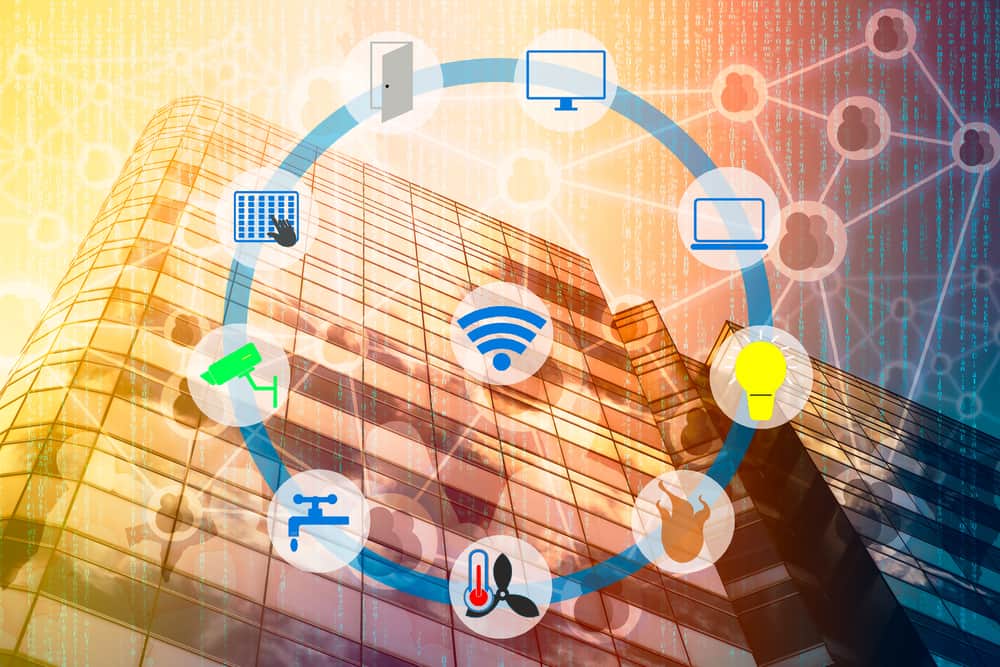

What is edge computing?
The trend of technology is that it gets smaller and faster as time goes on. The result of this now is that previous “dumb” devices like light bulbs or door locks can contain small CPUs and RAM. They are able to do computation and provide data about usage. This computing allows for analytics to be done at the smallest parts of the total network, also known as the edge of the network.
What is the difference between edge, cloud and fog computing?
Edge computing is doing data gathering, storage, and computation on the edge devices.
Cloud computing is data storage and computation on primarily stronger server machines which are connected to the edge devices. The edge devices send their data over the network to the cloud, where a more capable machine can do the necessary work.
Fog computing is a mixture of the two. Sometimes the cloud servers are too far away from the edge devices for the data analytics to occur fast enough. Thus, a fog computing intermediary device is set up as a hub between the two. This device does the necessary computation and analytics for the edge device.
Why is a database in edge computing important?
For a device on the edge, there must be a way to efficiently store and manage the data it is producing. These devices have very small amounts of CPU and storage space and may also power cycle unexpectedly and frequently. The only way for data to be reliably stored and used is with a database system. Also, the data may want to be easily moved to a cloud system or accessible from a remote source. A database system like Raima with SymmetricDS can give the developer a very simple set of API’s to do such an action.
Why Raima in an edge computing environment?
Raima provides a very easy to understand set of API’s for any developer to store, access and replicate their data to the cloud/fog device. Raima has an API in most languages that developers are familiar with so the time to get up and running is very minimal. Raima also has a very highly performant database that is also as small as possible, fitting an edge device very well. In the latest version, a large focus was placed on reducing the number of file system writes that the database undergoes. This greatly extends the lifetime of the typical flash storage medium used in edge devices, reducing the overall long-term cost of maintenance. RaimaDB’s system is also self-maintaining, freeing the developer from having to worry about the durability of their data.



























